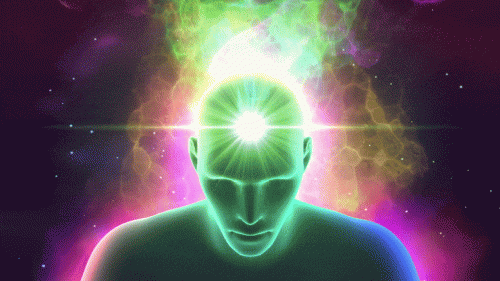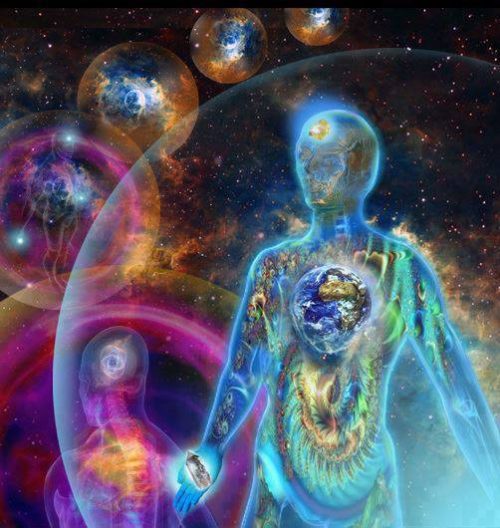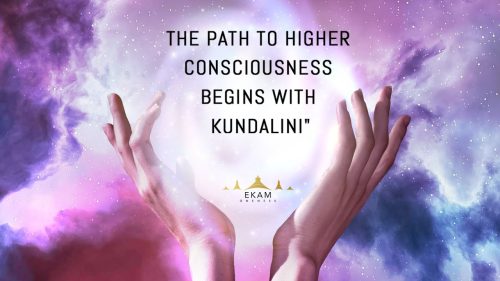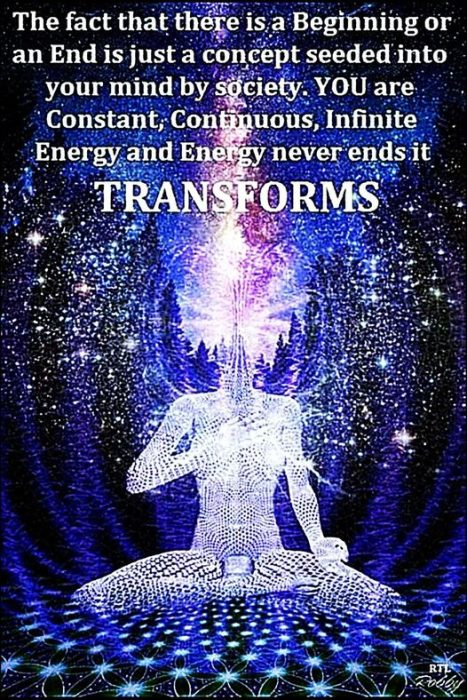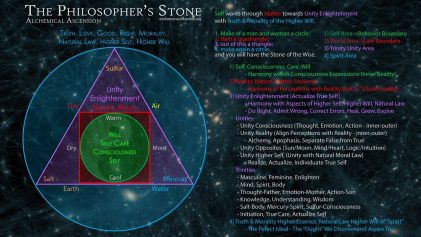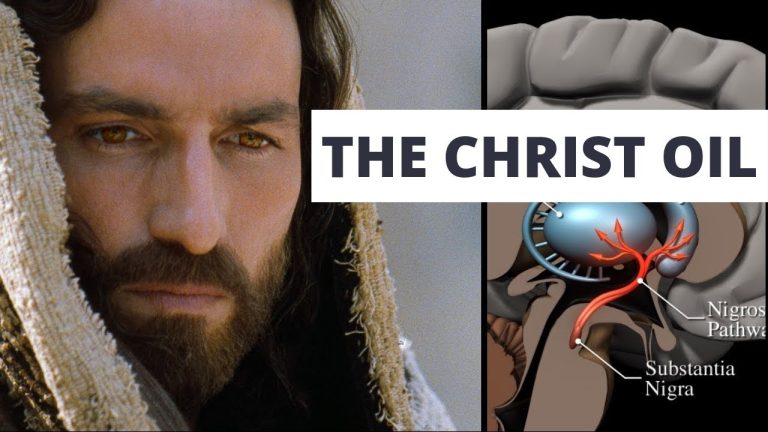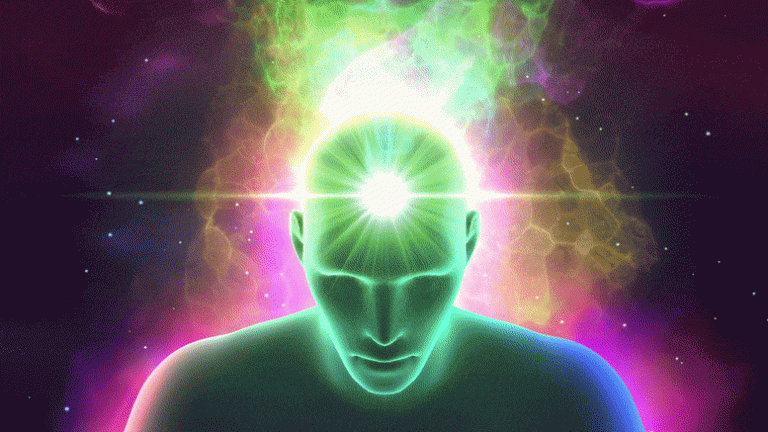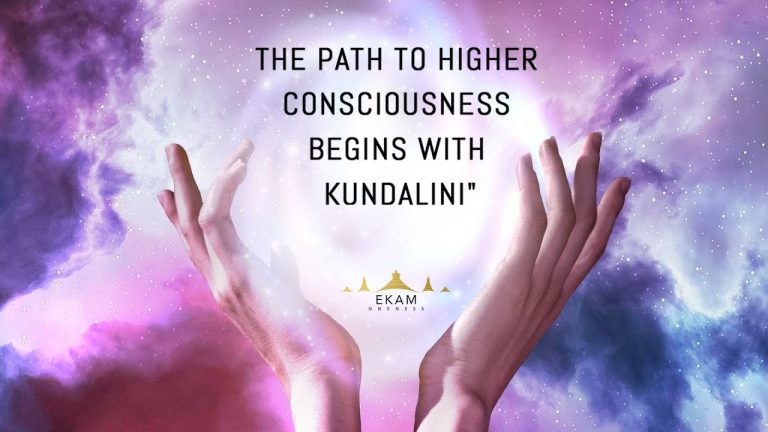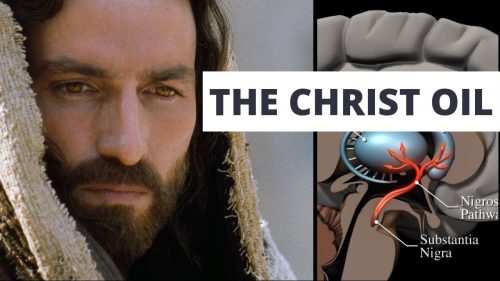
THE UNIVERSAL PANACEA – the universal medicine or the Philosopher´s Stone. What does Carl Jung say about Alchemy?
MAN KIND has always been on the outlook for a universal panacea. Once it was the ” Philosopher’s Stone;” then that wonderful ” Elixir of Life,” which was to cure ” all the ills that flesh is heir to.” To-day there is a new discovery; a new claimant to the world’s admiration and gratitude appears on the scene.
He announces that he has found the one thing needful to perfect modern civilization, to redeem us from the grovelling materialism and to raise us to the fullest degree of development of which the race is capable.
The Oxford English Dictionary defines alchemy as the art and science of transforming base metals into gold, particularly through the use of the universal solvent, or philosopher’s stone.
Alchemists believed that, by applying the universal solvent, any metal could be purified Into gold. which was merely the perfect state of all metals. It was thought that even iron, if left to grow in the ground over time, would mature into gold; alchemical practice merely expedited this natural process. Alchemy involved techniques originally developed by craftspeople seeking to create objects of simulated gold, silver, gems, and pearls, as well as by dyers who attempted to counterfeit the rare and valuable Tyrian purple dye. Elements of alchemy also evolved from the demands of medical practice and pharmacology.
Alchemy has a second, mystical component. The alchemist sought not only the universal solvent, but the universal panacea or elixir, a miraculous substance that, when applied to the body, had the power to heal or even provide immortality. The elixir allowed for the purification and perfection of the human body, just as the philosopher’s stone affected base metals.
Alchemy, then, was a process by which the practitioner sought to uncover divine truths, hidden in nature behind the veil of physical forms. The uncovering of the occult, the perfection of metal, healing, and immortality were all made possible because of the connections that were believed to exist between the macrocosm, especially the cosmos beyond the moon, and the microcosm, including both the earth and the human body.
The alchemist, if pure of spirit and intent, and connected to the greater forces of creation, could rearrange matter and manipulate it into the desired form. Two major challenges are presented in this discussion of alchemy.
First, alchemy was not one thing, but many things at the same time; it was never solely theoretical, technical, or spiritual, but was almost always a combination of the three, each in varying amounts.
The second challenge is the elusive nature of alchemical practice. Alchemists sought to keep their art a secret, and so wrote treatises in a cryptic style, filled with allusions and veiled secrets.
Panacea or panacea, also called arcanum or elixir of life is a medicine that is considered to be able to cure all disease states.
Alchemists also sought the creation of a “panacea,” or the elixir of life—a remedy that supposedly would cure all diseases and prolong life indefinitely. Later they would seek the discovery of a universal solvent.
In the thirteenth century arose for the first time the idea that the philosopher’s stone possessed the powers of healing disease and of restoring youth. This idea was developed from the opinion that the vital process was nothing else than a chemical process.
With the philosopher’s stone it was possible to heal metals of their maladies, to render them healthy, to convert them into gold; and the idea that it must have a like effect on the human body naturally suggested itself.
The three fundamentals of alchemy are the Philosopher’s Stone, the Universal Panacea, and Palingenesis. We have seen that the Philosopher’s Stone is the substance by which the alchemist transmutes baser metals into gold.
This same substance is called the Elixir or the Universal Panacea, and when it is swallowed becomes a universal healer. Palingenesis is the method used by the alchemist to create a living being, plant, animal, or human, also known as a homunculus.
Most of the alchemists’ claims can be essentially duplicated by science in the laboratory, but there is one essential difference. Not only does the alchemist bring about his works without the help of technically advanced equipment, but he also conducts his experiments on both the physical and spiritual worlds.
THE UNIVERSAL PANACEA – With the philosopher’s stone it was possible to heal metals of their maladies , to render them healthy , to convert them into gold ; and the idea that it must have a like effect on the human body.
From the Adam cadmon, who is none other than Christ, spring, according to Pamcelsus, the soul of the world and the many spirits governed by it, the Sylvans, Undines, Gnomes, and Salamanders , and whoever, through absolute obedience to the divine will, is united with the Adam Cadmon and with the heavenly intelligences, is the best physician, and possesses the universal panacea, — the philosopher’s stone.
The corresponding Welsh text, Geraint and Enid, which originates from the same source text, remains closer to the mythical structure. The test here is known as “the enchanted games within the Hedge of Mist.”
The hero is moving forward through a heavy mist. “When he emerged from it he found himself in a large orchard with an open space in the center in which he spied a pavilion…. Its door was open. Facing the door was an apple tree, with a large hunting horn hanging from one of its branches. Geraint dismounted and entered.
There was only a maiden within, seated in a golden chair, across from her was another chair, which was empty:’ Of course the hero sits in the empty chair, repeating the Celtic ritual enthroning of the king” and prefiguring also the Perilous Seat in the quest of the Holy Grail,” bringing down upon himself the maiden’s reproaches. He is forced to fight a knight.
He defeats this knight and sounds the horn; immediately the mist disappears. The spell is lifted. The mystery of the orchard is no more. The hero is thus free to go farther. And farther along is the chamber.
The passage through the orchard is mandatory in order to reach the holy of holies. These are in short “door prizes,” represented by the adventures in the orchard. One is certainly free to linger there and not go any farther: courtly love offers many different ways of loving. The orchard is the next to last stage, a little like the white stage of the Philosopher’s Stone in traditional alchemy. The final stage is the chamber, the red stage of the Philosopher’s Stone, which gives perfection and joy, the universal panacea, representing the complete metamorphosis of the individual.
Jung’s understanding of alchemy Following the remarks about metaphor, we need to explore what Jung saw in alchemy, what he thought he was doing when he devoted much of the last twenty-five years of his life to its study. At one point, it is alchemy’s demonstration of ‘the remarkable capacity of the human psyche for change’ that appeals (CW 7: para. 360). Alchemy, according to Jung, must not be regarded as misconceived chemistry because there is also a spiritual side of great psychological value to be considered. Jung’s focus in 1935 was on: the transformation of personality through the blending and fusion of the noble with the base components, of the differentiated with the inferior functions, of the conscious with the unconscious. (CW 7: para. 360).
Therefore Jung saw in alchemy something of a precursor of his own analytical psychology and particularly his concept of the individuation process. Jung’s thinking is also shown in a letter written in 1945 in which alchemy is said to be a ‘grand projected image of unconscious thought-processes’ (quoted in Jaffe 1979: 97).
In Memories, Dreams, Reflections Jung stated that alchemy possessed a concept that ‘Corresponded to the transference — namely the coniunctio’ (1963: 239); we shall have to look at Jung’s claim in detail in a later section. Jung felt that the alchemists had intuitively discovered and imaginatively projected what has been verified in modem times.
The lively imagery of alchemy differed markedly from the stylized and sexless expressions of medieval Christianity. Jung drew the parallel with the way psychoanalysis and analytical psychology contrasted with complacent and rational Victorian views of man. Jung was attempting to imagine or work out what the psychological experiences of the alchemists might have been like. He was able to use his own experiences in self-analysis and as an analyst to achieve this; one gets an impression of a fraternity spanning the centuries. Perhaps Isaac Newton felt the same urge, for we know now that much of his work proceeded along alchemical lines and this material has at last seen the light of day despite ‘accidents’ that might have prevented its publication (Dobbs 1975).
Having touched on Jung’s ideas, we also need to explore what alchemists actually did and what they thought they were doing. In one sense, it was all rather simple. The alchemists were trying to produce a new substance that would have extraordinary powers; this was the elixir of life, or a universal panacea, or the ‘philosopher’s stone’ (the lapis).
First, the alchemist had to gather suitable raw materials and, then, work on them to achieve his goal of transforming them into the stone. Not all alchemists were trying to change base materials into gold; the emphasis in their writing is equally upon the transformation of all that is dark and evil into something spiritually enriching (Tuby 1982: 8-9).
As they worked, the alchemists were deeply affected by what was happening and, in concert with their practical functioning, enjoyed deep, passionate, enlightening psychological experiences. And, like analysts, they did not attempt to split the experience of the work from the work itself.
Their visions and their procedures become one. As Kugler puts it, the alchemist worked simultaneously on the soul in matter and the matters in his soul (1982: 108).
The assumption is that the soul may be set free from the material prison in which nature has locked it; the whole procedure is subversive, a work against nature, opus contra naturam, a release of meaning from out of the material and bodily world. Anticipating the clinical application of the metaphor, this corresponds to what an analyst or therapist does when he or she goes to work with the patient to discover the source and purpose of the latter’s neurosis and how to release the growth or soul imprisoned therein. What the modern therapist sees in man. the alchemists saw in metallic form.
The alchemical metaphor Let’s now look in more detail at how the alchemical metaphor may be applied to therapy and analysis (not, it should be noted, at alchemical-type imagery in clinical material).
The term coniunctio was mentioned just now. For the alchemists this referred to the mating and mixing in the vas or alchemical vessel of the various disparate elements.
There elements, the prima materia or massa confima were carefully chosen for their propensity to combine and were envisioned as opposites whose mingling would produce a third, new product (something like chemical combination): this is the coniunctio. These elements were often represented by male and female figures.
The fact that humans are used to represent chemical elements showed Jung that, far from being a strictly chemical investigation, alchemy was concerned with creative fantasy and thus with unconscious projection. In analysis, the coniunctio, the union of opposites, symbolizes five themes that can be differentiated to some extent.
First, the personal interaction of the analyst and his analytical ‘opposite’, the patient.
Next, patterns of separation and combination of conflicted and waning elements within the patient’s psyche (and a similar process within the analyst).
Third, the coniunctio of these two coniunctios: personal relatedness and intrapsychic processes.
Fourth, coniunctio in analysis speaks of the ego’s integration of unconscious parts of the patient’s psyche (and, again, the same process will be taking place within the analyst).
All this is going on within the container provided by the analytic setting and relationship; this is the vas.
Finally there is a coniunctio between the sensual or material world and the spiritual dimension — Jung’s psychoid unconscious (C’W 8: paras. 343-442).
Another relevant term is hierosgamos, translated literally as ‘sacred marriage’. Many forms of this motif, signifying the conjunction of opposites, may be found.
For instance, in Augustinian Christianity the sacred marriage is between Christ and his church and is consummated on the marriage-bed of the cross.
In alchemy the sacred marriage is often referred to as a ‘chemical marriage’, in which the opposite elements, having been designated male and female, unite in a kind of intercourse to produce a third, unsullied, ‘incorruptible’ substance. As such a substance does not seem to exist in the physical world, alchemy became less important as natural science claimed primacy of place and attention in the Renaissance.
From the psychological point of view, the hierosgamos refers to the way in which opposing or conflicting trends in the psyche, experienced as chaos and confusion, are transformed into a relative coherence. In analysis it is also hoped that such a transformation will take place so that neurotic conflicts and splits become more manageable, perhaps useful, or, sometimes, removed.
The idea of the transmutability of elements is central to alchemy because it affirms that transformation can occur.
Similarly, there would be little point in analysis without an image of the possibility of psychological movement. This remains true even when the goal of analysis is said to be the deepening of experience or the widening of awareness rather than the removal of symptoms. For deepening itself represents a change or translation.
The alchemical adept worked in relation to another, usually an inner figure but sometimes a real person, referred to as his soror mystica, mystical sister (cf. CW 14: para. 161). Again, an analyst is not an analyst without his or her counterpart, the patient.
The part played by the Other (with a capital ‘o’) in psychological processes has been noted by contemporary analysts; it is a subject to which we shall return (sec pp. 185-7 for a fuller discussion).
The various stages of the alchemical process arc given their own names. Nigredo implies a darkening of the prima materia and a sign that some-thing of significance is about to happen.
Fermentatio suggests a brewing, a mingling of elements that will produce a new substance, different in kind to the original components.
Mortificatio is the stage when the original elements have ceased to exist in their initial form. Putrefactio sees a decay of the dead or dying original elements and the giving off of a vapour that is the harbinger of transformation.
